Home>Gardening & Outdoor>Landscaping Ideas>How Tall Does Wheat Grass Grow
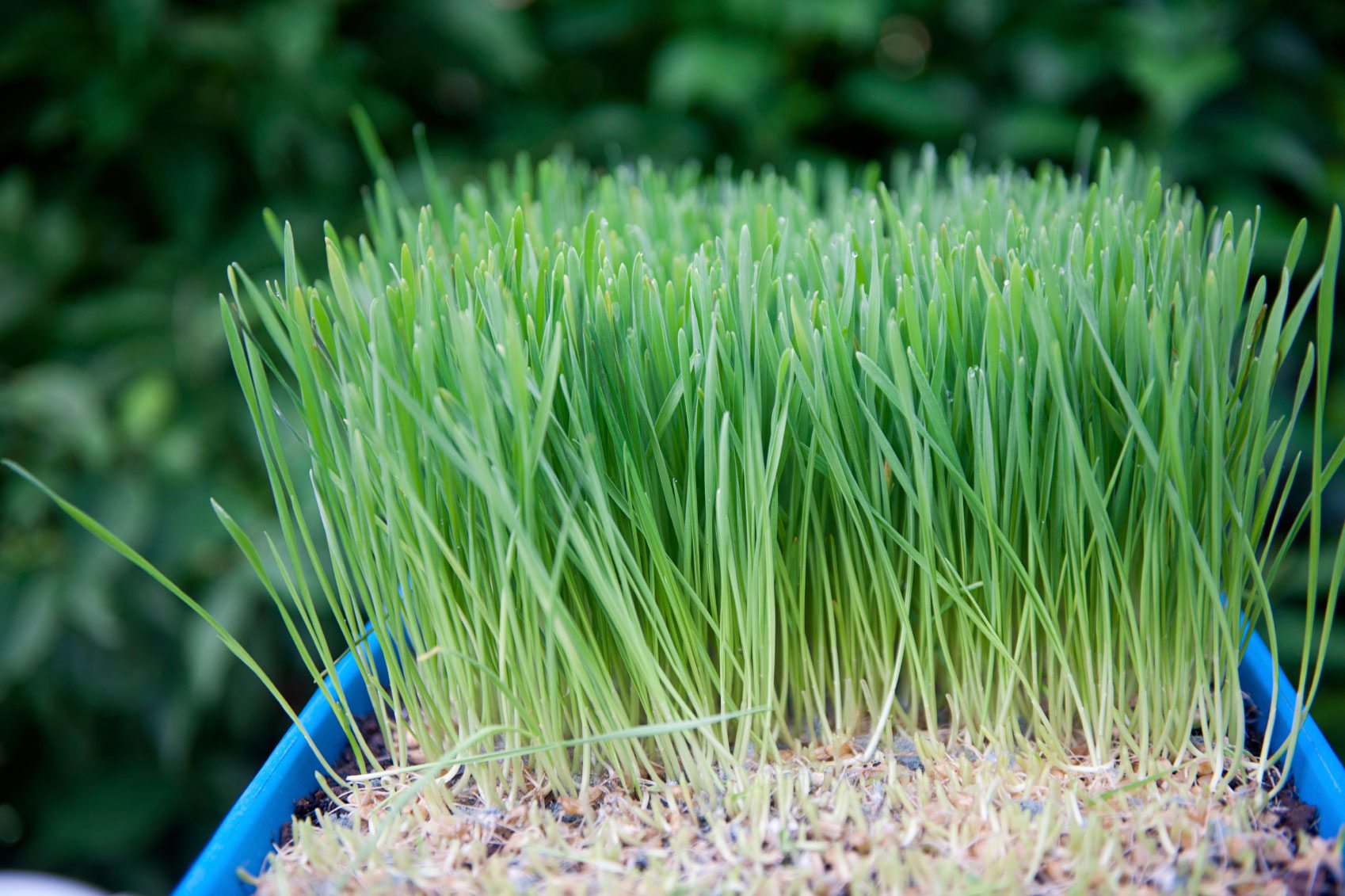

Landscaping Ideas
How Tall Does Wheat Grass Grow
Modified: February 18, 2024
Discover the ideal wheatgrass height for your landscaping ideas. Learn how tall wheatgrass grows and how to incorporate it into your outdoor space. Ideal for landscaping enthusiasts!
(Many of the links in this article redirect to a specific reviewed product. Your purchase of these products through affiliate links helps to generate commission for Storables.com, at no extra cost. Learn more)
Introduction
Read more: How Tall Does Timothy Grass Grow
Introduction
Wheatgrass, a nutrient-rich superfood, has garnered widespread attention for its health benefits and versatility. As a popular ingredient in smoothies, juices, and health supplements, wheatgrass has become a staple in many wellness routines. One common question that arises regarding this vibrant green plant is, "How tall does wheatgrass grow?" Understanding the factors that influence the height of wheatgrass can provide valuable insights into its cultivation and utilization. In this comprehensive guide, we will delve into the intricacies of wheatgrass growth, exploring the optimal conditions for its development and the best practices for harvesting and using this remarkable plant. By shedding light on the height of wheatgrass and the elements that impact its growth, we aim to equip enthusiasts and cultivators with the knowledge needed to foster thriving wheatgrass crops. Whether you are a health-conscious individual seeking to incorporate wheatgrass into your diet or an aspiring wheatgrass cultivator, this article will offer valuable insights into the fascinating world of wheatgrass cultivation. Let's embark on a journey to unravel the mysteries of wheatgrass growth and discover the heights it can reach under ideal conditions.
Understanding Wheat Grass
Key Takeaways:
- Wheatgrass height is influenced by genetics, light, temperature, and nutrients. Cultivators can optimize growth by providing quality soil, proper lighting, balanced watering, and nutrient supplementation.
- Harvest wheatgrass at 6-7 inches for peak nutrition. It can be juiced, used in recipes, or dried for supplements. Cultivating and using wheatgrass offers a connection to nature’s nourishing benefits.
Understanding Wheat Grass
Wheatgrass, scientifically known as Triticum aestivum, is the young grass of the wheat plant that is harvested before the wheat kernels form. This vibrant green superfood is packed with a plethora of essential nutrients, including vitamins, minerals, antioxidants, and amino acids. Its nutrient-dense composition has earned it a reputation as a potent health booster, known for its detoxifying, energizing, and immune-boosting properties.
When cultivated for consumption, wheatgrass is typically grown indoors in a controlled environment to ensure optimal growth conditions. It is commonly cultivated in trays or shallow containers filled with a nutrient-rich growing medium, such as organic soil or hydroponic substrate. The cultivation process involves carefully tending to the wheatgrass, providing it with adequate water, light, and nutrients to support its vigorous growth.
Wheatgrass undergoes distinct growth stages, starting from the germination of wheat seeds to the development of lush green blades. During its growth cycle, wheatgrass exhibits notable changes in height, with its blades gradually elongating as it matures. Understanding the growth patterns and characteristics of wheatgrass is essential for effectively nurturing and harvesting this valuable crop.
Furthermore, the vibrant green hue of wheatgrass is attributed to its high chlorophyll content, which contributes to its remarkable nutritional profile. Chlorophyll, the pigment responsible for the plant’s green color, also serves as a powerful antioxidant and is believed to have various health benefits, including aiding in detoxification and promoting overall wellness.
As we delve deeper into the intricacies of wheatgrass growth, we will uncover the factors that influence its height and the optimal conditions required for fostering robust wheatgrass plants. By gaining a comprehensive understanding of wheatgrass and its growth dynamics, we can harness this knowledge to maximize the potential of this extraordinary superfood.
Factors Affecting Wheat Grass Height
Read more: How Tall Does Pampas Grass Grow
Factors Affecting Wheat Grass Height
The height of wheatgrass is influenced by a myriad of factors that collectively contribute to its growth and development. Understanding these key determinants is crucial for cultivating healthy and robust wheatgrass crops. Let’s explore the primary factors that impact the height of wheatgrass:
- Genetic Variability: The genetic makeup of wheatgrass varieties plays a significant role in determining their ultimate height potential. Different cultivars and species of wheatgrass may exhibit varying growth patterns and maximum heights due to genetic diversity.
- Growth Medium: The quality and composition of the growing medium, whether soil-based or hydroponic, directly influence the growth and height of wheatgrass. A nutrient-rich and well-draining medium provides essential support for healthy root development and overall plant vigor, contributing to optimal height attainment.
- Light Exposure: Adequate exposure to natural or artificial light is crucial for promoting robust growth in wheatgrass. Insufficient light can lead to elongated, spindly growth, while optimal light conditions support compact and healthy growth, ultimately impacting the plant’s height.
- Temperature: Wheatgrass growth is influenced by temperature variations, with an ideal range typically falling between 60 to 75 degrees Fahrenheit (15 to 24 degrees Celsius). Fluctuations outside of this range can affect growth rates and, consequently, the final height of the wheatgrass.
- Watering and Moisture Levels: Proper watering practices and maintaining appropriate moisture levels are essential for sustaining healthy wheatgrass growth. Inadequate or excessive moisture can impede growth and lead to stunted or weakened plants, affecting their overall height potential.
- Nutrient Availability: The availability of essential nutrients, including nitrogen, phosphorus, and potassium, profoundly impacts wheatgrass height and overall vitality. A well-balanced nutrient supply is crucial for supporting vigorous growth and maximizing the plant’s height potential.
- Harvesting Time: The timing of wheatgrass harvesting can also influence its height. Allowing the wheatgrass to reach an optimal growth stage before harvesting ensures that it attains its maximum height potential, contributing to a bountiful yield.
By carefully considering and managing these influential factors, cultivators can effectively optimize the growth and height of wheatgrass, fostering thriving crops with impressive stature. The interplay of these elements underscores the intricate nature of wheatgrass cultivation and the multifaceted considerations involved in nurturing this exceptional superfood.
Optimal Conditions for Wheat Grass Growth
Optimal Conditions for Wheat Grass Growth
Creating an environment that fosters optimal growth is essential for cultivating vibrant and robust wheatgrass. By providing the ideal conditions for its development, cultivators can maximize the height and nutritional quality of their wheatgrass crops. Here are the key elements that contribute to the optimal growth of wheatgrass:
- Quality Growing Medium: Utilizing a nutrient-rich and well-draining growing medium, such as organic soil or a specialized hydroponic substrate, is fundamental for supporting healthy root development and overall plant vigor. The growing medium should provide essential nutrients and aeration while retaining adequate moisture levels.
- Ample Light: Wheatgrass thrives in well-lit environments. When grown indoors, placing trays of wheatgrass in a location with ample natural light or providing supplemental fluorescent or LED grow lights ensures that the plants receive the light energy needed for robust photosynthesis and optimal growth.
- Optimal Temperature: Maintaining a consistent temperature range of 60 to 75 degrees Fahrenheit (15 to 24 degrees Celsius) is conducive to healthy wheatgrass growth. Avoiding extreme temperature fluctuations helps promote steady development and encourages the attainment of maximum height potential.
- Proper Watering Practices: Balancing moisture levels is critical for wheatgrass cultivation. Water the plants evenly and ensure proper drainage to prevent waterlogging, which can impede growth. Providing moisture at the root level supports healthy blade development and overall plant height.
- Nutrient Supplementation: Supplementing with a balanced organic fertilizer or specialized wheatgrass nutrients can bolster the plant’s growth and height potential. Ensuring that essential nutrients are readily available to the wheatgrass promotes vigorous development and lush foliage.
- Regular Monitoring and Care: Diligent observation and care are essential for maintaining optimal growth conditions. Regularly inspect the wheatgrass for signs of nutrient deficiencies, pests, or diseases, and take proactive measures to address any issues that may hinder its growth and height attainment.
By meticulously tending to these optimal conditions, cultivators can create an environment that nurtures thriving wheatgrass crops, characterized by impressive height, vibrant color, and exceptional nutritional value. The harmonious orchestration of these elements sets the stage for cultivating flourishing wheatgrass that embodies the pinnacle of health and vitality.
Harvesting and Using Wheat Grass
Read more: How Tall Does Zebra Grass Grow
Harvesting and Using Wheat Grass
Harvesting wheatgrass at the optimal stage is crucial for capturing its peak nutritional potency and flavor. When the wheatgrass reaches a height of approximately 6 to 7 inches, it is ready for harvesting. At this stage, the blades are at their most nutrient-dense, offering an abundance of vitamins, minerals, and chlorophyll.
To harvest wheatgrass, use clean, sharp scissors to snip the blades just above the soil level, ensuring that the entire blade length is captured. It is essential to harvest the wheatgrass with care to preserve its integrity and nutritional value. Once harvested, the freshly cut wheatgrass can be used in an array of culinary and wellness applications.
One popular method of utilizing wheatgrass is juicing. The vibrant green juice extracted from wheatgrass is renowned for its concentrated nutrients and detoxifying properties. Whether consumed on its own or incorporated into smoothies and health drinks, wheatgrass juice offers a potent dose of health-boosting compounds, making it a valuable addition to a balanced diet.
Additionally, wheatgrass can be incorporated into recipes for soups, salads, and dips, imparting a fresh and vibrant essence to culinary creations. Its versatile nature allows for creative experimentation, enabling individuals to explore innovative ways of integrating wheatgrass into their culinary repertoire.
Furthermore, dried and powdered wheatgrass is commonly used in the production of health supplements and wellness products. The powdered form offers convenience and versatility, allowing individuals to easily incorporate wheatgrass into their daily routines, whether by blending it into beverages or mixing it into nutrient-rich smoothie bowls.
For those with a penchant for DIY projects, growing and harvesting wheatgrass at home provides a rewarding and sustainable source of this nutrient powerhouse. By cultivating wheatgrass indoors, individuals can enjoy a fresh and renewable supply of this exceptional superfood, fostering a deeper connection to the cultivation process and the nourishing benefits it yields.
Embracing the practice of harvesting and using wheatgrass opens the door to a world of culinary exploration and wellness enrichment. Whether enjoyed in its freshly juiced form, incorporated into culinary creations, or harnessed in powdered supplements, wheatgrass stands as a testament to the boundless potential of nature’s bountiful offerings.
Conclusion
Conclusion
As we conclude our exploration of wheatgrass and its remarkable growth dynamics, we have gained valuable insights into the factors that influence its height and the optimal conditions required for fostering robust crops. The journey through the world of wheatgrass cultivation has unveiled the intricate interplay of genetic variability, environmental elements, and attentive care that collectively shape the growth and development of this vibrant superfood.
By understanding the genetic diversity of wheatgrass varieties and the pivotal role of the growing medium, light exposure, temperature, moisture levels, and nutrient availability, cultivators can harness this knowledge to create an environment that nurtures thriving wheatgrass crops. The harmonious orchestration of these elements sets the stage for cultivating flourishing wheatgrass that embodies the pinnacle of health and vitality.
Furthermore, the art of harvesting and utilizing wheatgrass showcases the versatility and enriching potential of this extraordinary plant. From juicing and culinary applications to the production of powdered supplements, wheatgrass offers a myriad of ways to incorporate its nutrient-dense essence into daily routines, fostering holistic well-being and culinary creativity.
As we reflect on the heights that wheatgrass can reach under optimal conditions, both figuratively and literally, we are reminded of the profound connection between nature’s abundance and our well-being. The journey of cultivating, harvesting, and embracing the nourishing benefits of wheatgrass serves as a testament to the boundless potential of natural superfoods and the enriching experiences they offer.
In essence, the height of wheatgrass transcends mere physical stature; it embodies the heights of wellness, vitality, and the boundless possibilities that nature bestows upon us. As we continue to explore and appreciate the wonders of wheatgrass, may we cultivate a deeper reverence for the nurturing power of the natural world and the transformative impact it imparts on our lives.
Frequently Asked Questions about How Tall Does Wheat Grass Grow
Was this page helpful?
At Storables.com, we guarantee accurate and reliable information. Our content, validated by Expert Board Contributors, is crafted following stringent Editorial Policies. We're committed to providing you with well-researched, expert-backed insights for all your informational needs.
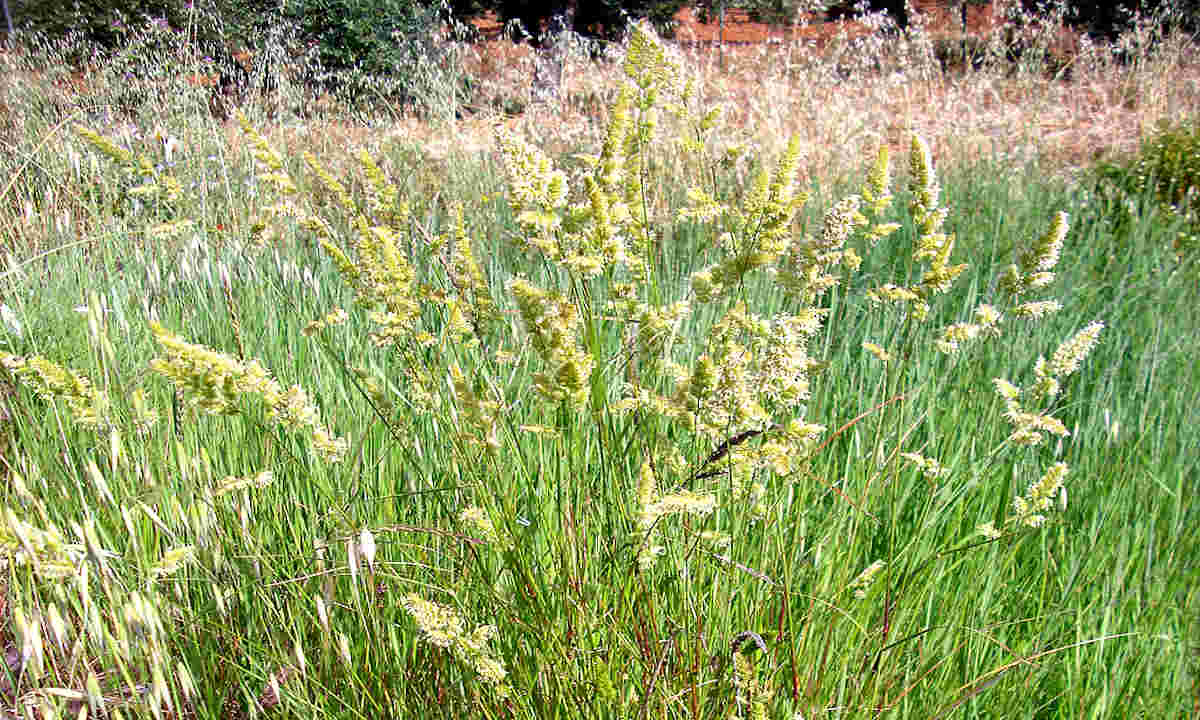
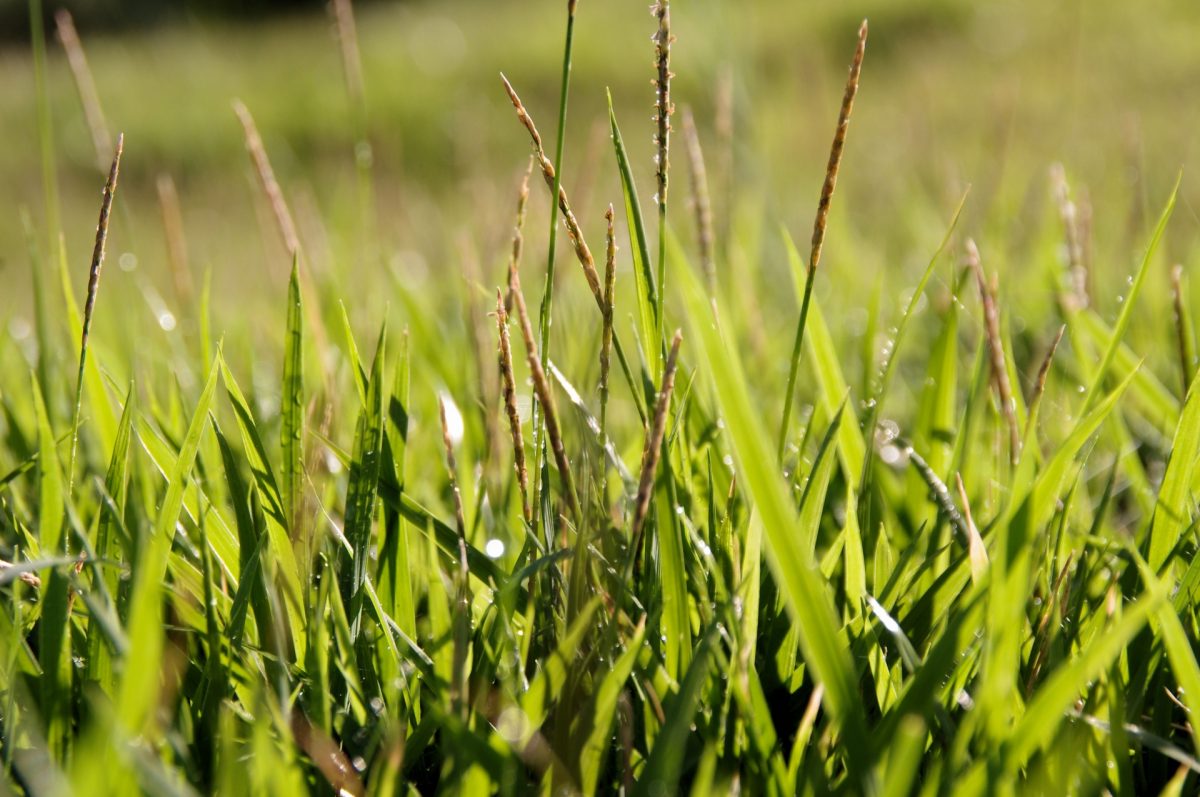
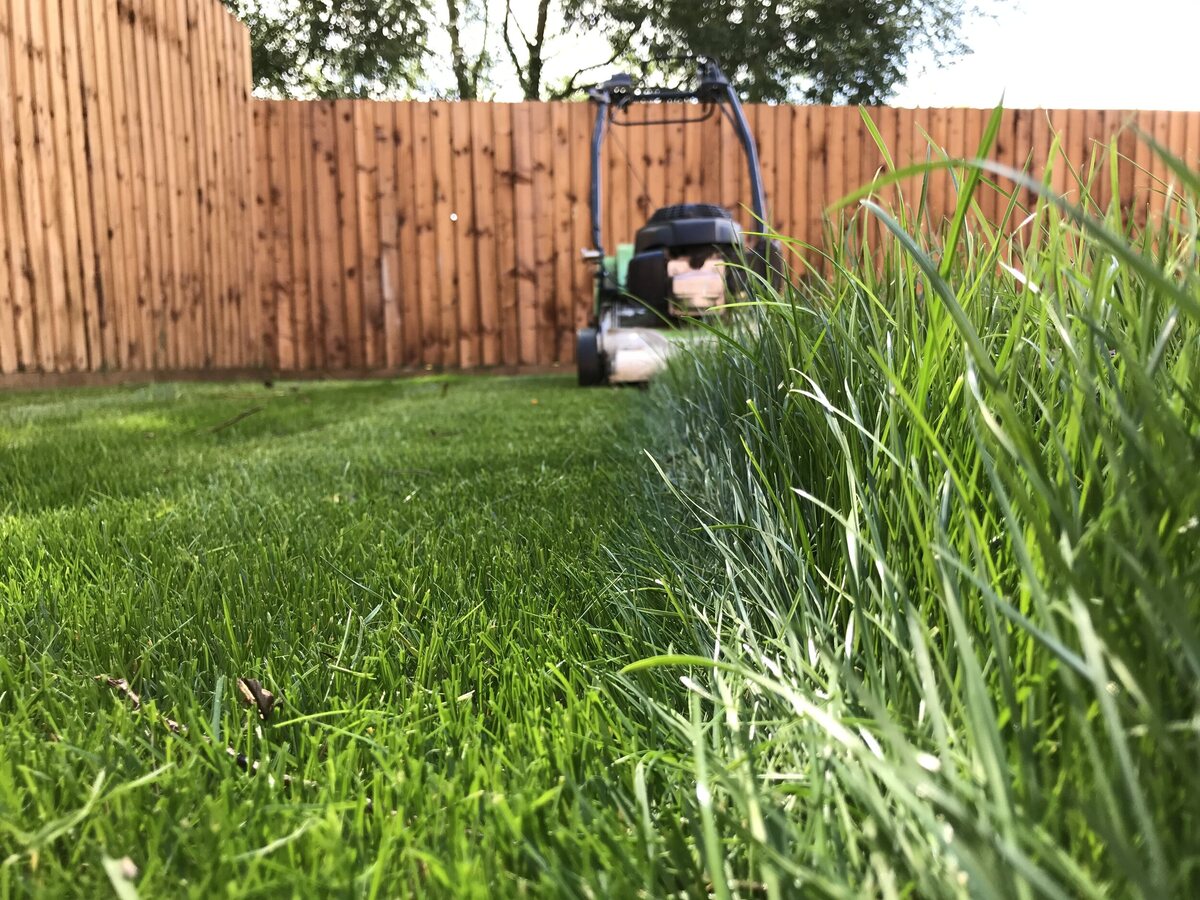
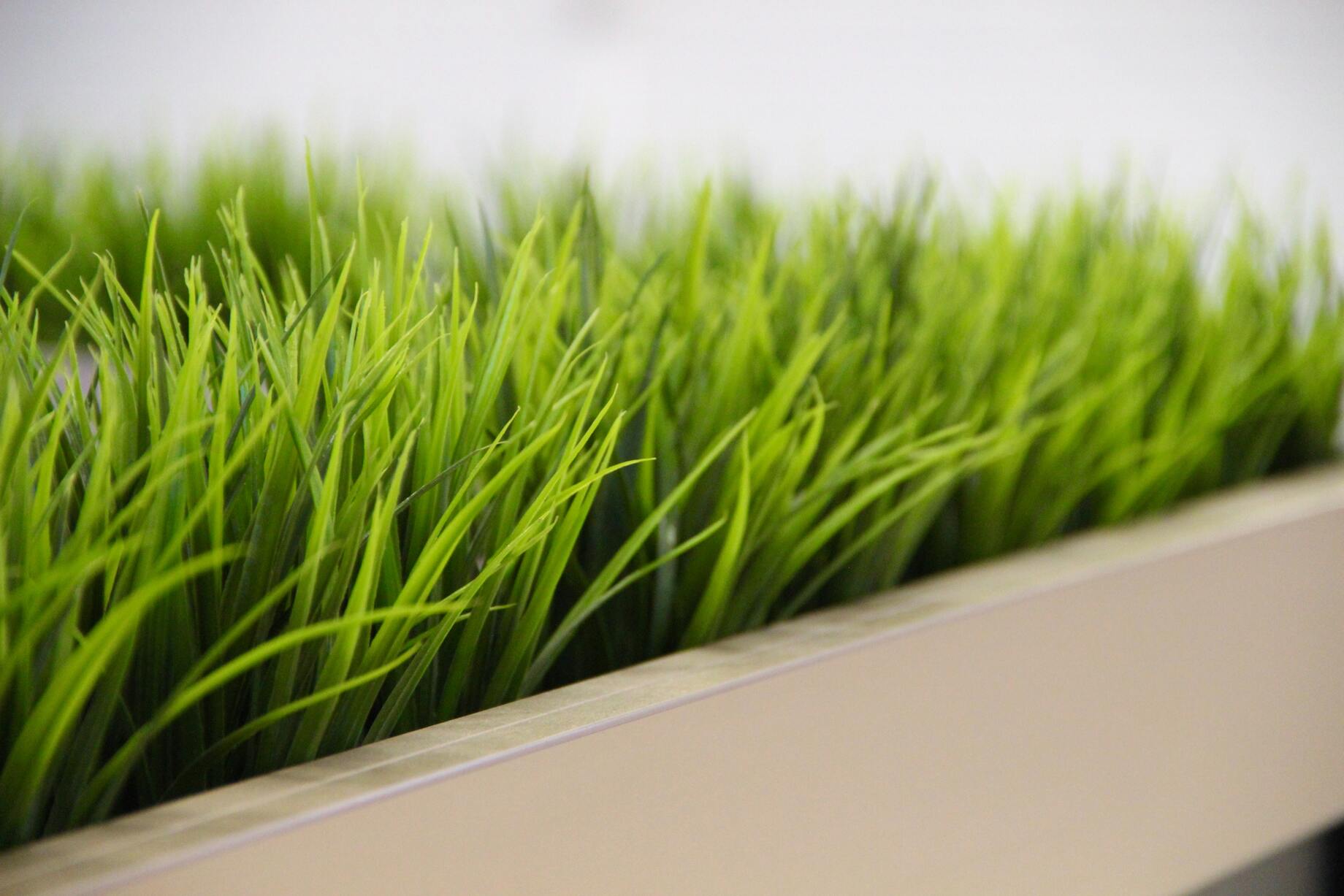
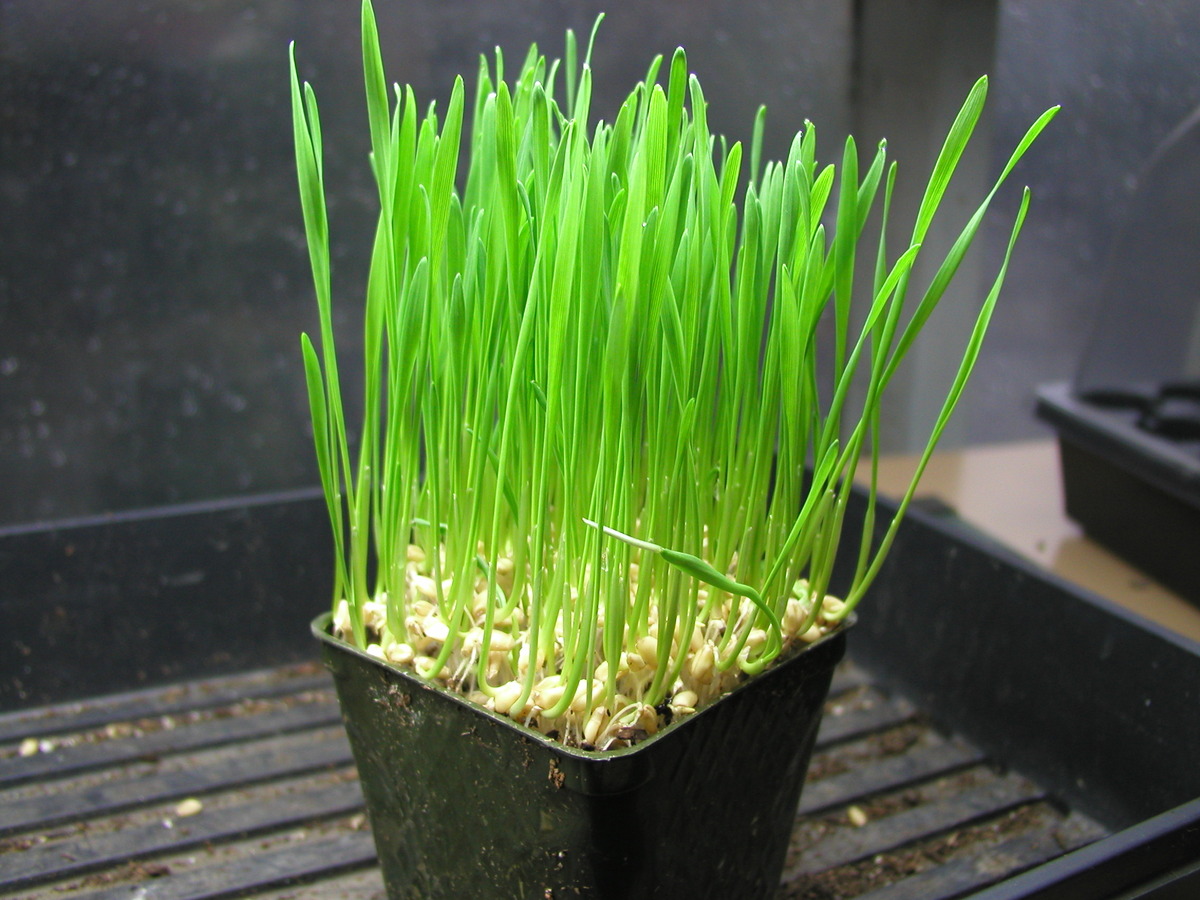
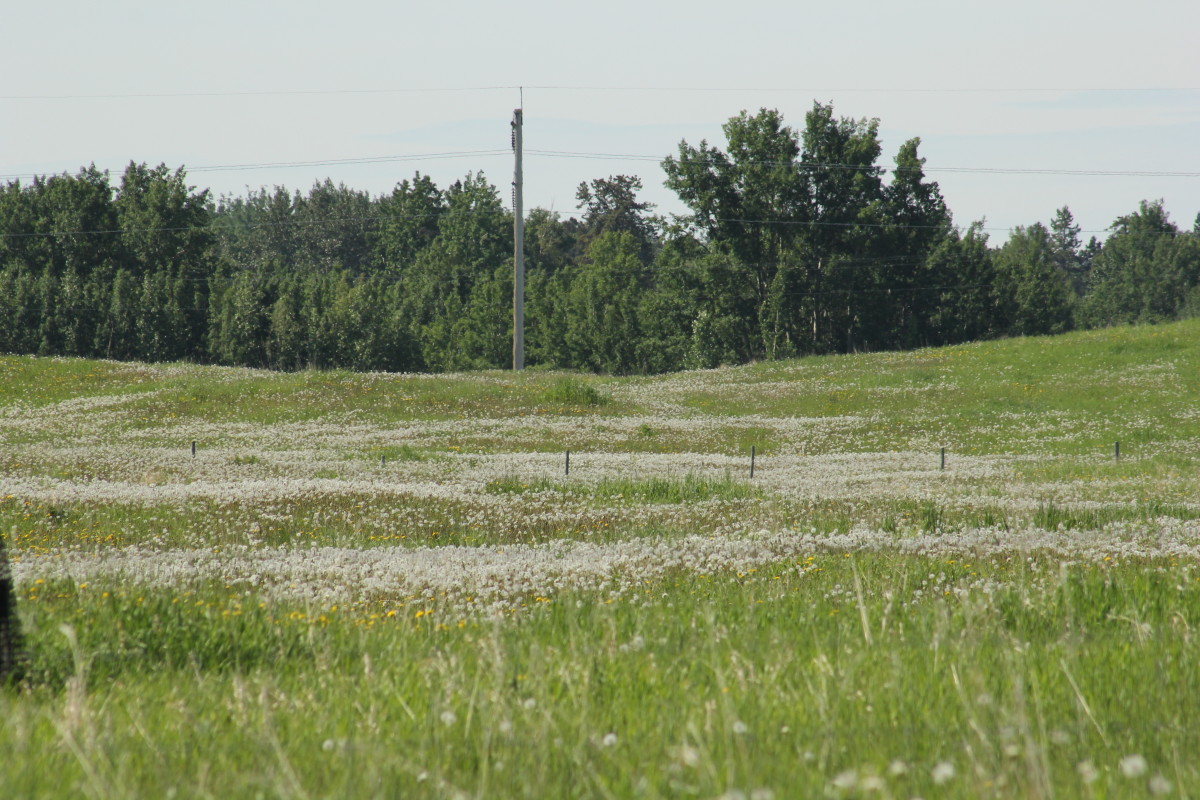
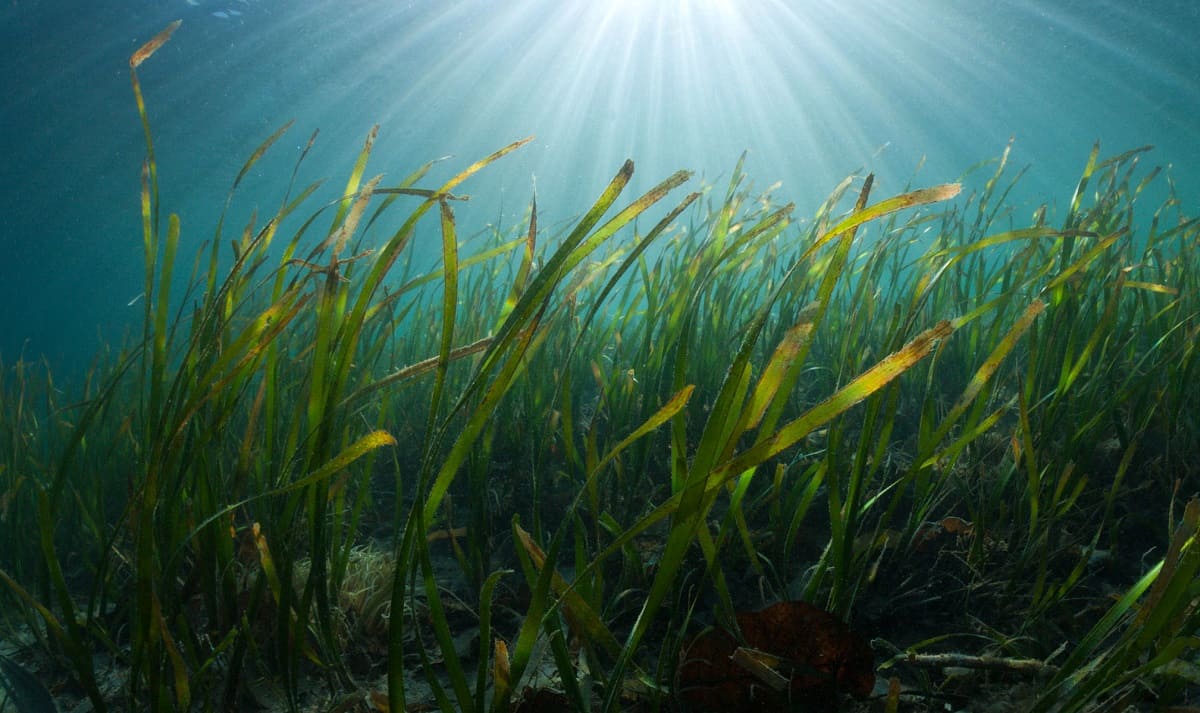
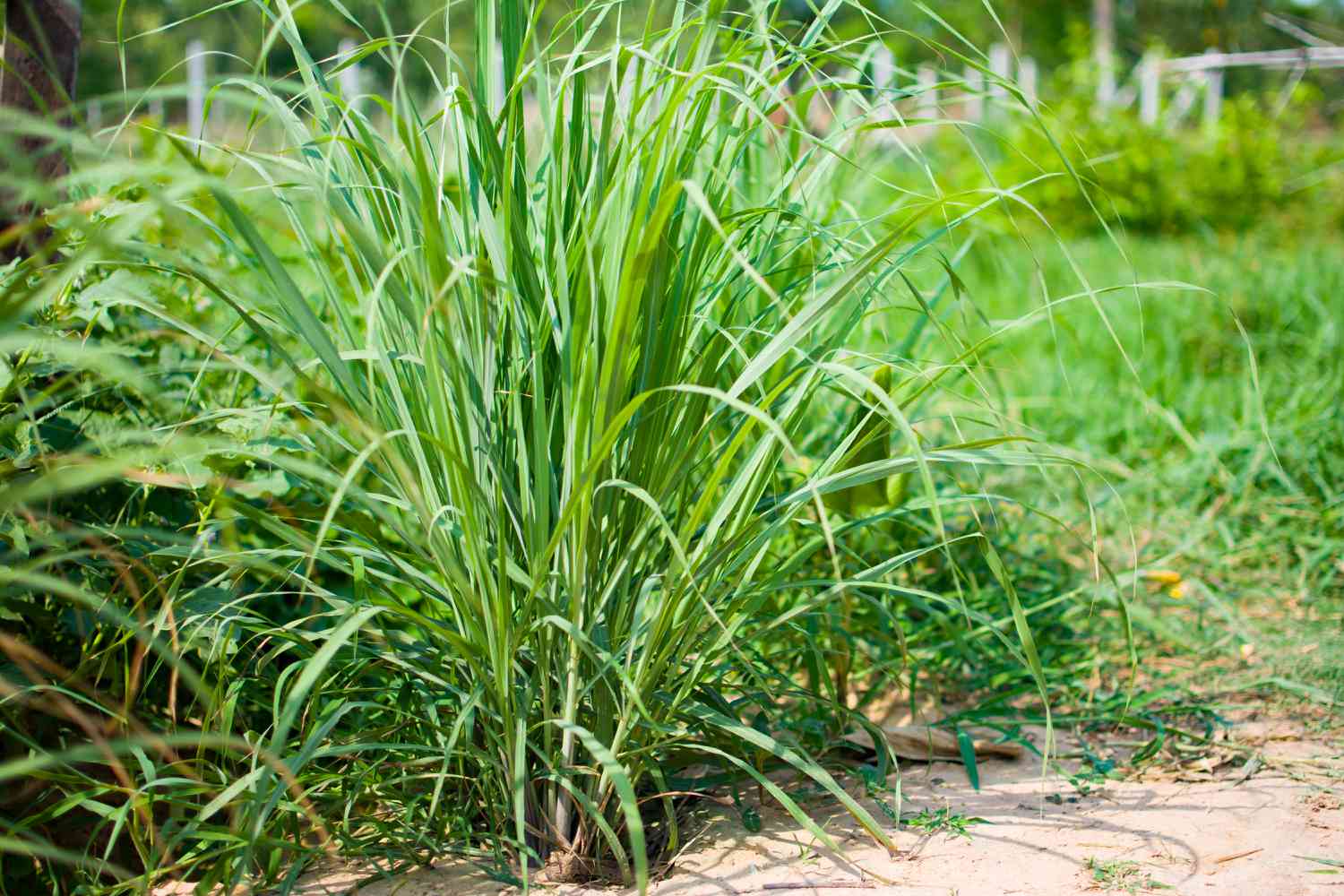
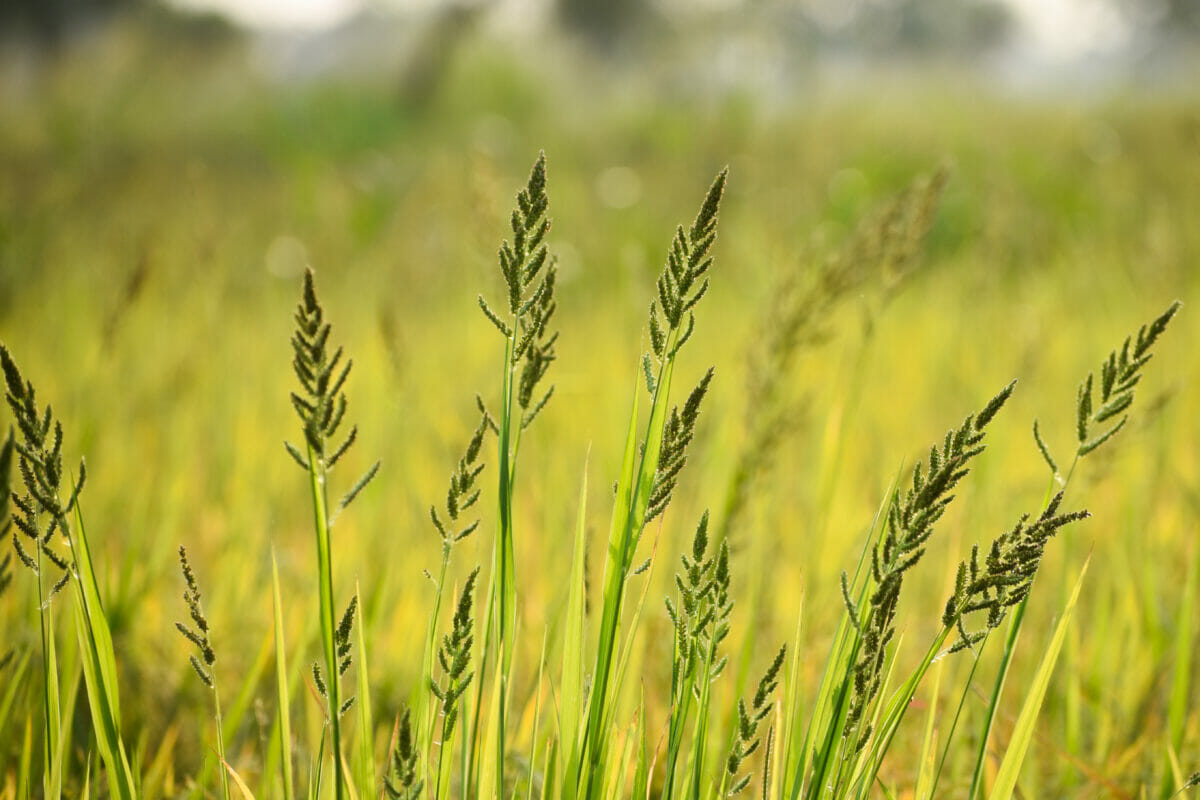
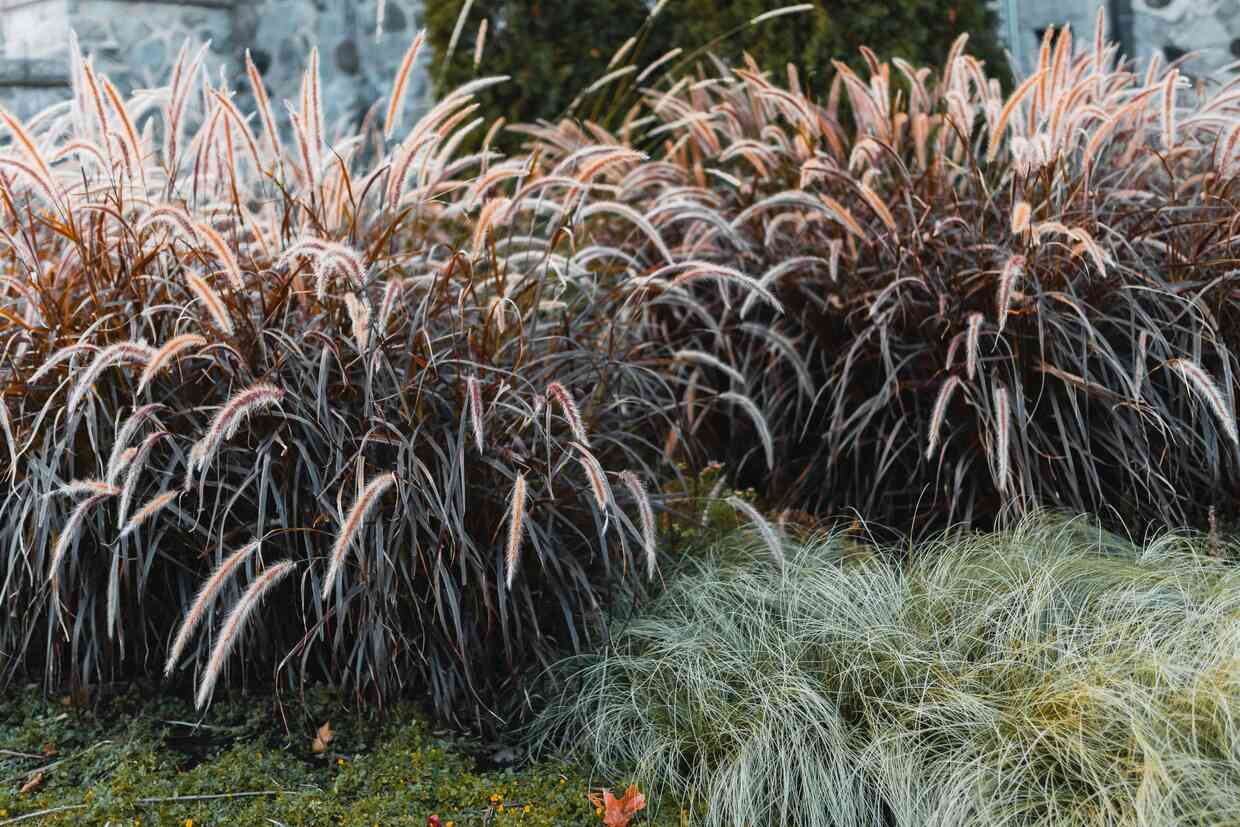
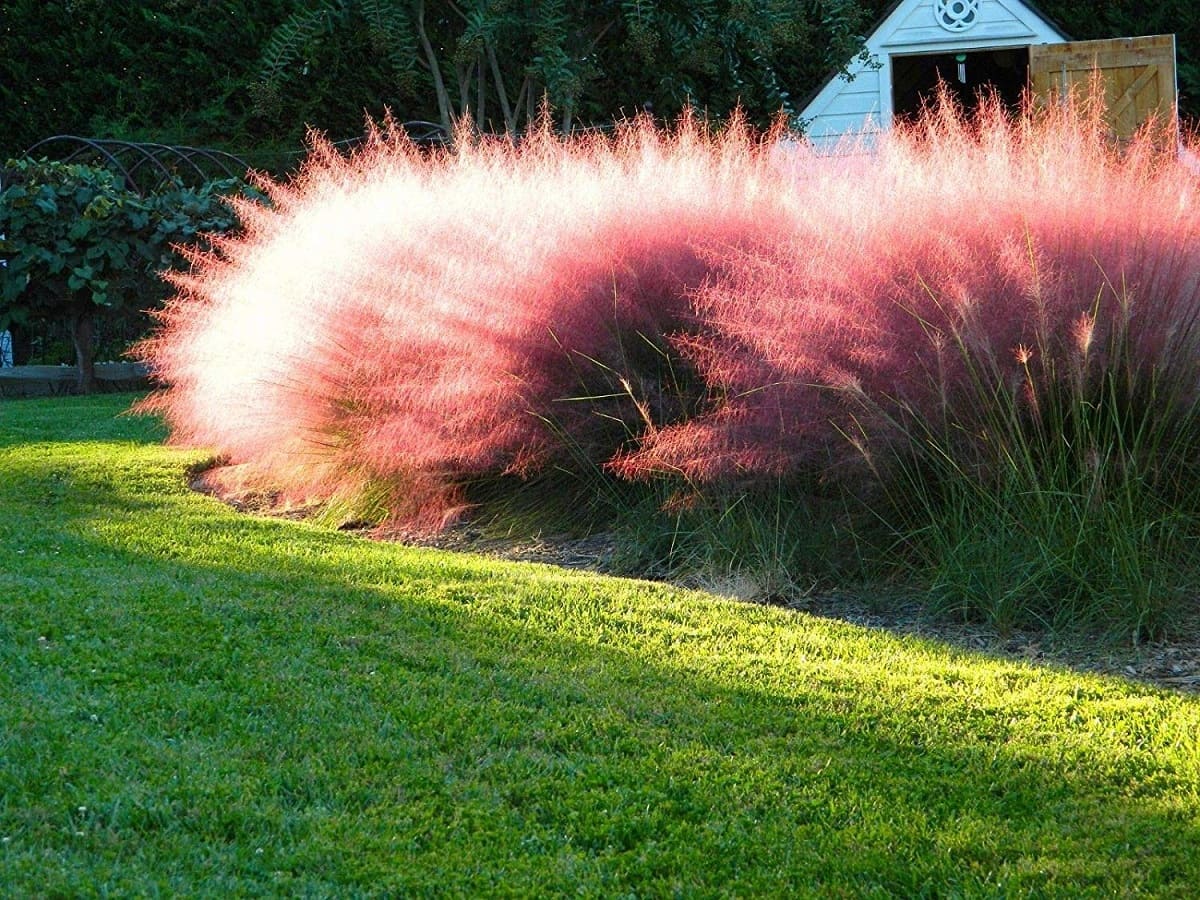
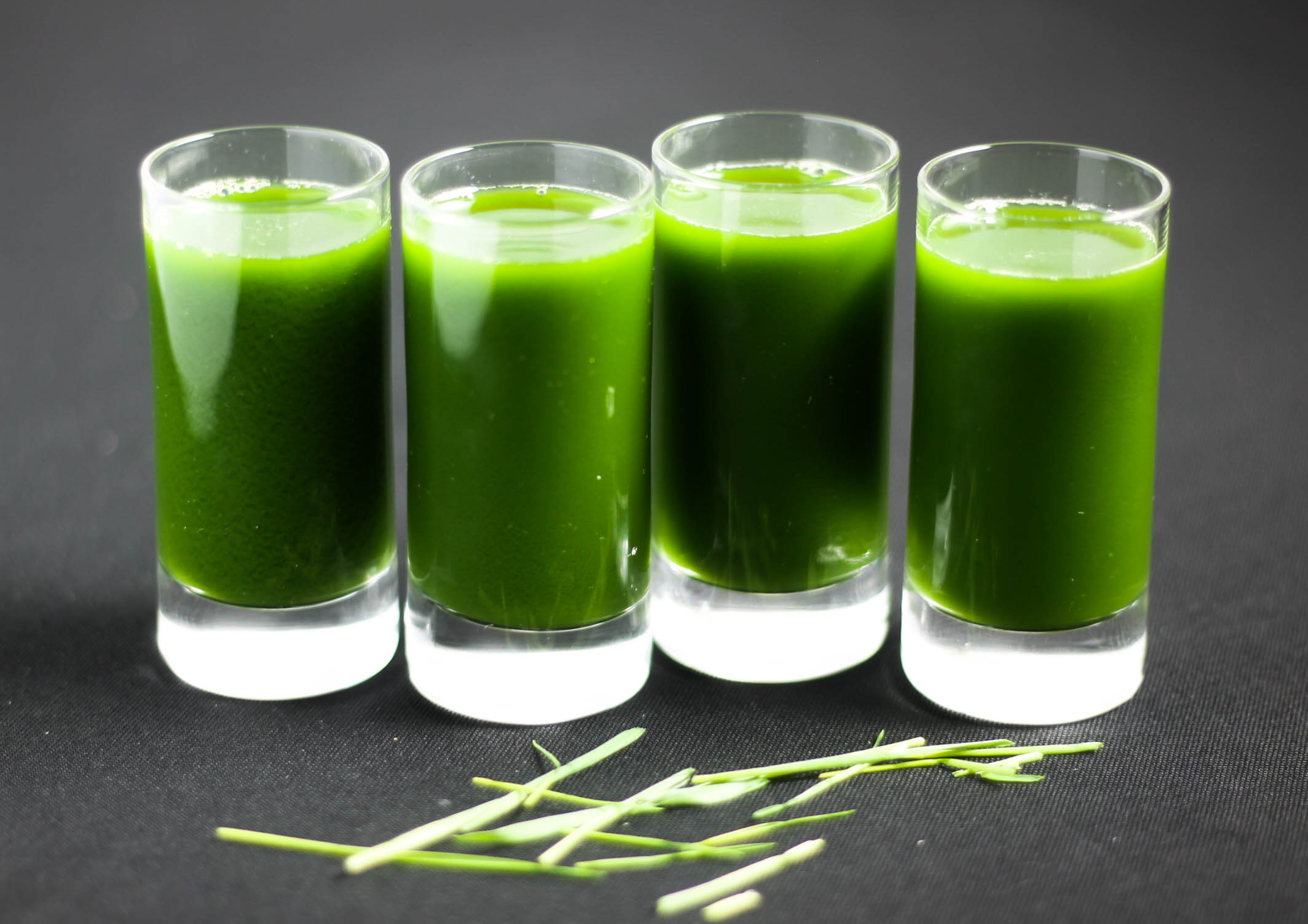
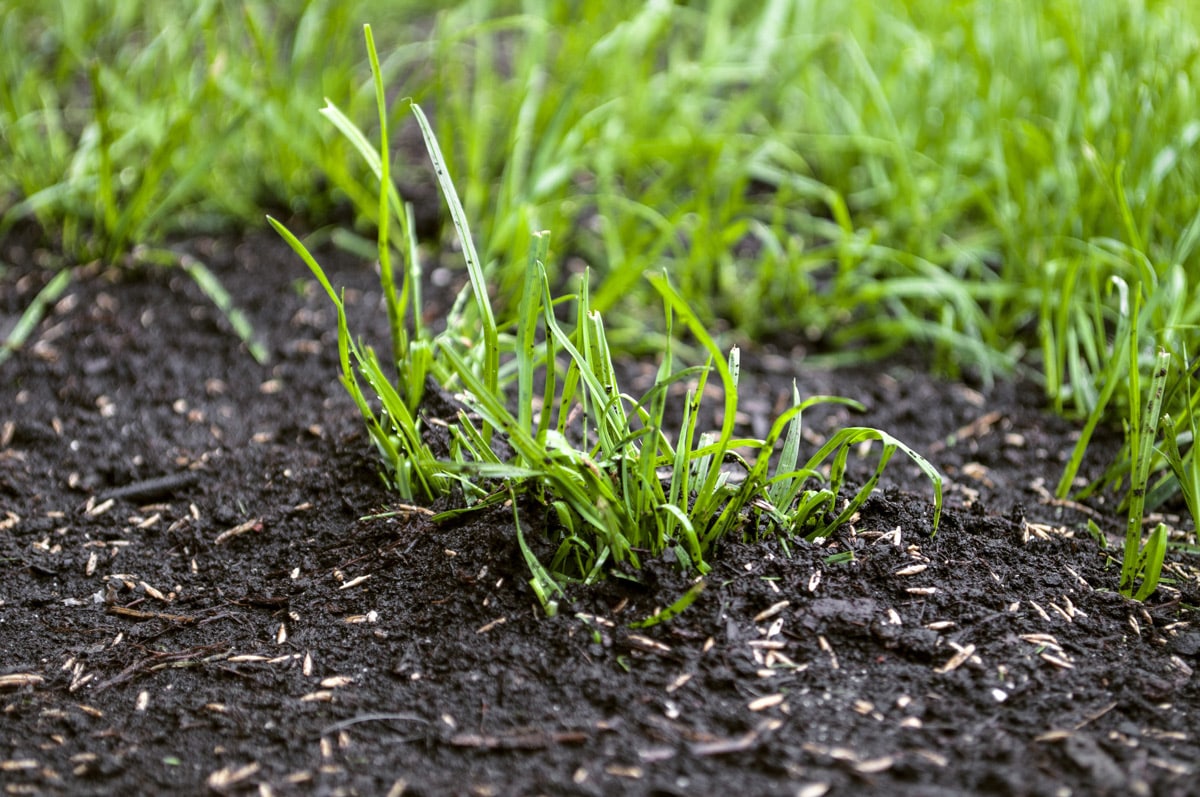

0 thoughts on “How Tall Does Wheat Grass Grow”